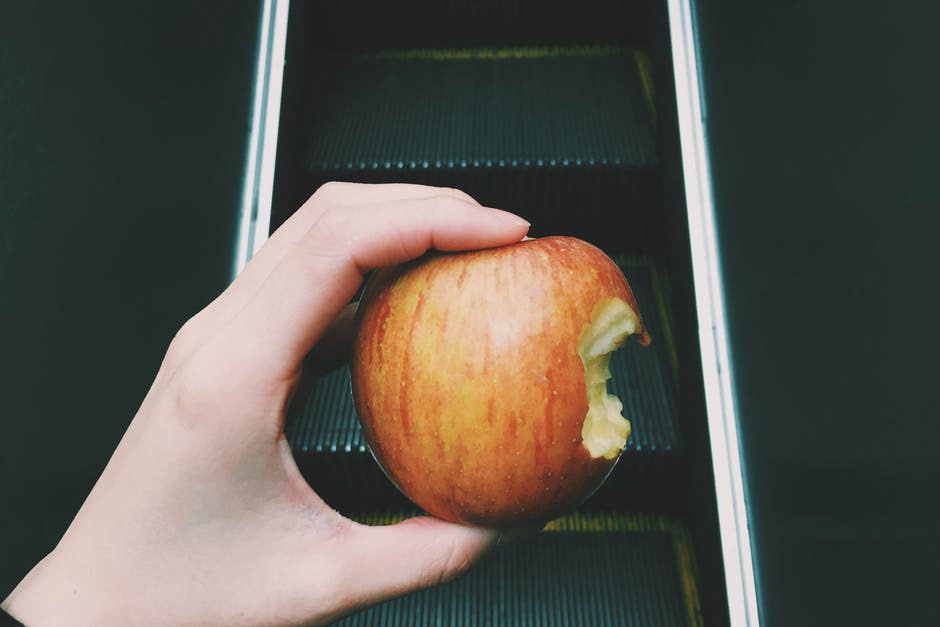
When you hear “nutrient timing,” you probably think of improving your athletic performance through pre- and post-workout meals, supplements, and carb cycling. And you'd be right! Nutrient timing can make a big difference in your athletic performance.
But did you know that you can also utilize nutrient timing to optimize your day-to-day activities? From consistent energy to a consistent mood and minimal hunger, eating intentionally for life will make a huge difference in your performance as a human being.

The "right" fuel at the "right" time works by:
- Energizing you for general activity.
- Improving your mood, positivity, and mindset.
- Sustaining focus. Feel good and be more productive at work!
- Sustaining energy. No more scrambling for afternoon pick-me-ups!
- Preparing and facilitating a good night's sleep so you can do it all again tomorrow!
So, when planning your meals, don’t just think about your workout — think about your entire day.
Advertisement
1. Eat Low-GI, High Volume Carbohydrates
Whether you train twice daily and work a full-time job or are more of a 9-5 weekend warrior, prioritizing low-GI and high-volume carbs is essential for everyone.
Low-GI Carbohydrates
Low-GI carbs (carbs low on the glycemic index) break down slowly, decreasing their impact on insulin levels. This steady rise and fall cause more sustained energy throughout the day without a big crash later on.
High Volume Carbohydrates
High-volume carbs (also called "low density carbs") have relatively low calories per gram—think green leafy vegetables, cucumbers, and tomatoes. This means you can eat a lot of them for very few calories, making you feel full. They’re typically nutrient-dense, too, which makes a world of difference for your energy levels and bodily functions. The chart below breaks down popular foods into low, moderate, and high based on their carb density.

Advertisement
Low-GI and High-Volume Foods
There is a lot of crossover between foods that are low on the glycemic index and high volume. And that makes sense, right? Foods that don't spike your blood sugar levels as intensely will likely be higher in fiber and lower in calories.
But, here is a bit of inspiration if you need it:
- Blueberries
- Strawberries
- Broccoli
- Cauliflower
- Zucchini
- Summer Squash
- Mushrooms
- Leafy greens: spinach, iceberg, kale
- 0% fat yogurt
- Pickles
- Condiments, herbs, and spices: mustard, hot sauce, salt and pepper, basil, oregano
2. Utilize Dietary Fat For Sustained Energy
Fat delivers vitamins and nutrients to your body and is vital for brain and organ function. It also plays a primary role in keeping you satiated (feeling full). Aka: fat keeps you focused and energized!
Add a fat source to each meal, and you’ll have a skip in your step all day long. Here are some of our favorites:
Advertisement
- Olive oil
- Nuts and legumes
- Nut butter
- Dark chocolate
- Avocado
- Cheese
- Mayonnaise and aioli
- Pesto
- Cream
- Egg yolks and animal fat
Need a bit more help choosing healthy fats for weight loss? We have your back!
3. Choose High-GI Carbs Carefully
High-GI Carbs are not just for workouts; they should be prioritized for physical exertion. If you have a laborious job, are on your feet all day, or do multiple training sessions or staggered physical activities over 24 hours, you need to restore your body's glycogen levels. Do this by eating high-GI carbs mixed with the low-GI, high-volume, and moderate fat we mentioned earlier.
Before, during, and immediately after you’ve finished physical activities, eat high-GI, whole-carb sources like:
- Whole grain bread
- Rice
- Potato
- Sweet Potato
- Beetroot
- Turnip
- Pineapple
- Banana
- Apples
- Oranges
Pro tip: The longer your activity, the further you should spread your intake of high-GI carbs over your day. This will help keep your energy up and your glycogen stores full.
Advertisement
4. Protein Keeps on Building
Eating protein after your workout is great, but it shouldn’t stop there. Your body is always going through protein synthesis and working to repair tissue before your next intense bout of exercise. Keep a steady flow of protein coming like:
- Poultry
- Seafood
- Game meat
- Beef
- Pork
- Eggs
- Protein powder
- Vegan and Vegetarian Protein Sources
Here are a few tips to help you get enough protein throughout your day.
5. Eat Extra Protein at Night
You lose more muscle while you sleep than while you are awake. Luckily, we also repair muscles best during sleep—especially if we eat or drink protein before bed. Casein protein releases slowly and helps you sleep deeply. Try consuming casein protein at night. Check out these blog posts and recipes for more information on casein protein while you sleep.
Late-Night Protein Treats For Recovery
Protein at Night: Eating and Sleeping for Recovery
Advertisement
6. Stay Hydrated
Last but not least, keep your water intake up all day. Hydration is critical to the healthy function of your muscles and organs and is also a big player in your energy levels and satiation. Learn more about how much water you need here, and grab our top hydration tips here!
7. Eat Enough!
If you're feeling sluggish throughout the day, you may not be eating enough. Getting enough fuel throughout your day is one of the key pieces of feeling fueled for all your activities. Calculate your macros for free here or, for more personalized guidance, work with an experienced nutrition coach who will prescribe personalized macros based on your body, goals, training, and day-to-day needs.
Schedule a Free Intro Call
Working Against Gravity has led the macro tracking and health space for over a decade. Our team doesn’t just understand the science of nutrition—we’ve spent years mastering the art of tailoring it to fit your life. That means no cookie-cutter plans, just real strategies that have worked for over 30,000 people.
Schedule a free call with our team to learn how working with a 1-on-1 WAG coach will help you reach your goals.



